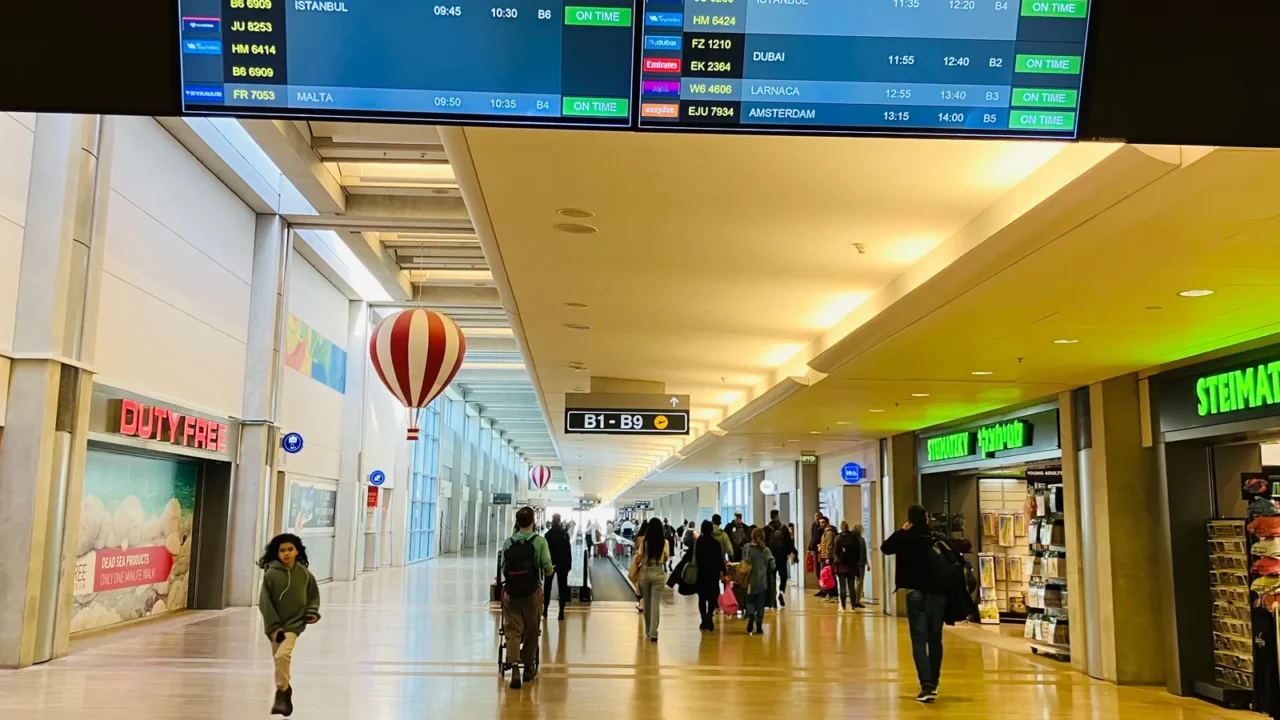
Clearing the way
Travelers everywhere know the pain of long security lines, removing shoes, digging out IDs, and hoping the next scan goes smoothly. Now the TSA is pushing to modernize that journey. Through new biometric systems, eGates, and the “Touchless ID” initiative, airports are speeding up identity checks, reducing delays, and restoring some joy to flying.
This story takes you behind the curtain and shows you how the changes work, where they are live, who benefits, and what concerns still linger.
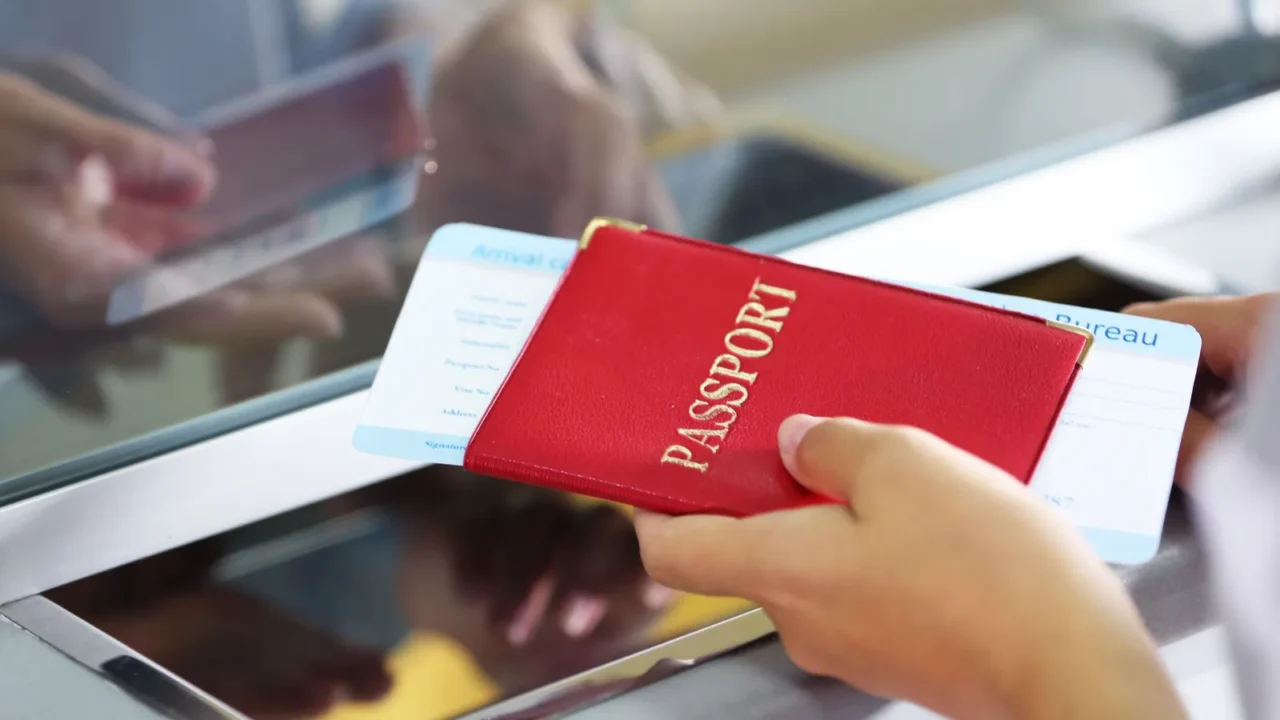
What’s changing
TSA is transforming the security game by introducing faster identity verification tools that depend less on physical documents and more on facial recognition, biometrics, and automation. Travelers enrolled in specific programs like CLEAR+ or TSA PreCheck with Touchless ID can breeze through identity checks at certain airports.
Instead of stopping at a podium to show a passport or boarding pass, they may be verified in seconds by hardware alone. The goal is clear: reduce wait times and improve the travel experience.
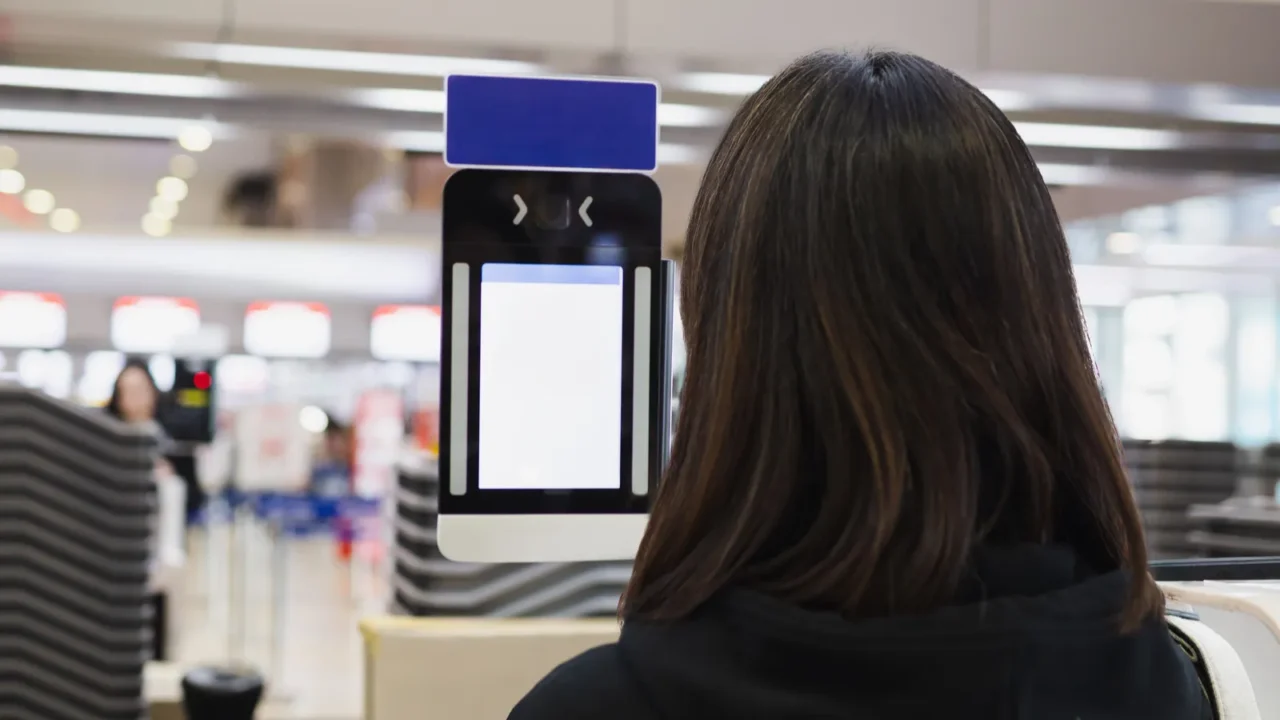
The tech behind the scenes
Behind the scenes, TSA is using several biometric technologies such as 1:1 facial matching (comparing your live image to your ID photo), digital IDs, and, in some pilots, 1:n identification (matching you to a gallery of pre-enrolled images).
eGates are automated gates where boarding pass, ID, and live image are matched, so you don’t need manual podium verification. Other tech includes “Touchless ID,” which uses facial comparison without physically handing over documents.
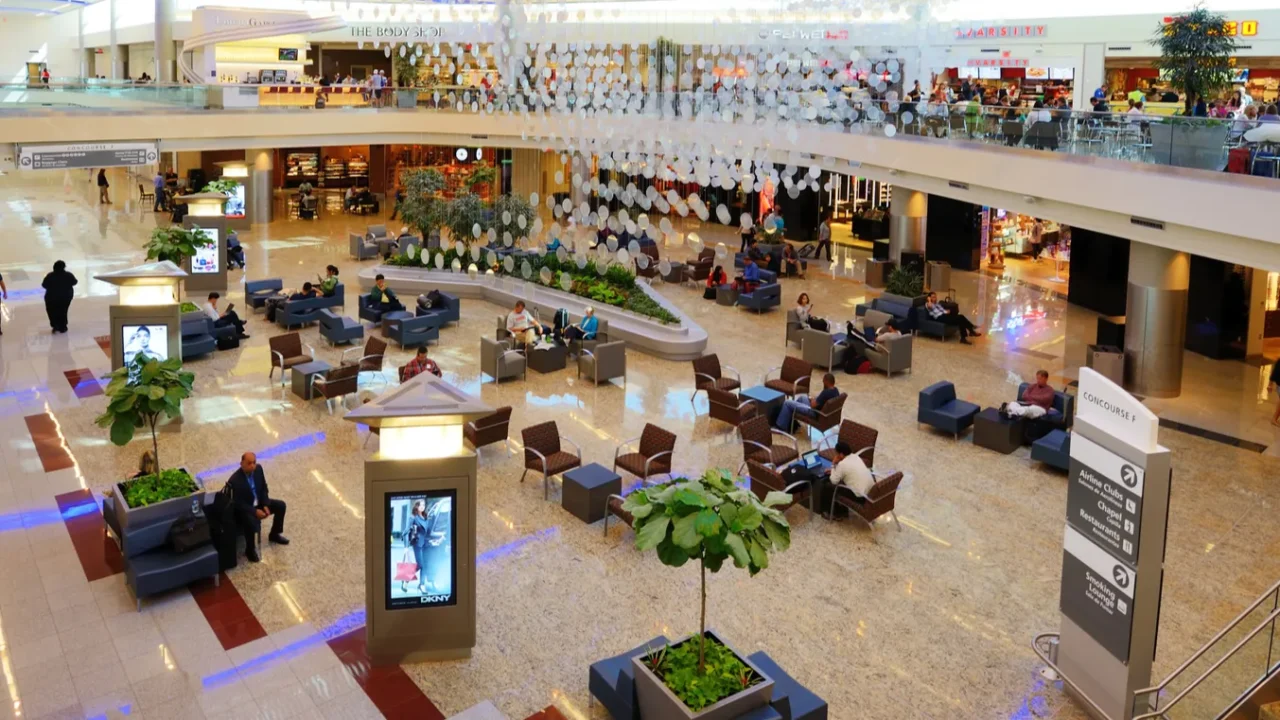
Where it’s already live
Some major airports are already using or testing these faster screening features. In the current pilots, eGates have been deployed at Hartsfield-Jackson Atlanta (ATL), with an upcoming rollout at Ronald Reagan Washington National (DCA) and Seattle-Tacoma (SEA).
Touchless ID is active at about 15 airports for travelers on airlines such as American, Delta, United, and Alaska. As more data arrives, the TSA plans to expand the program to dozens more airports.
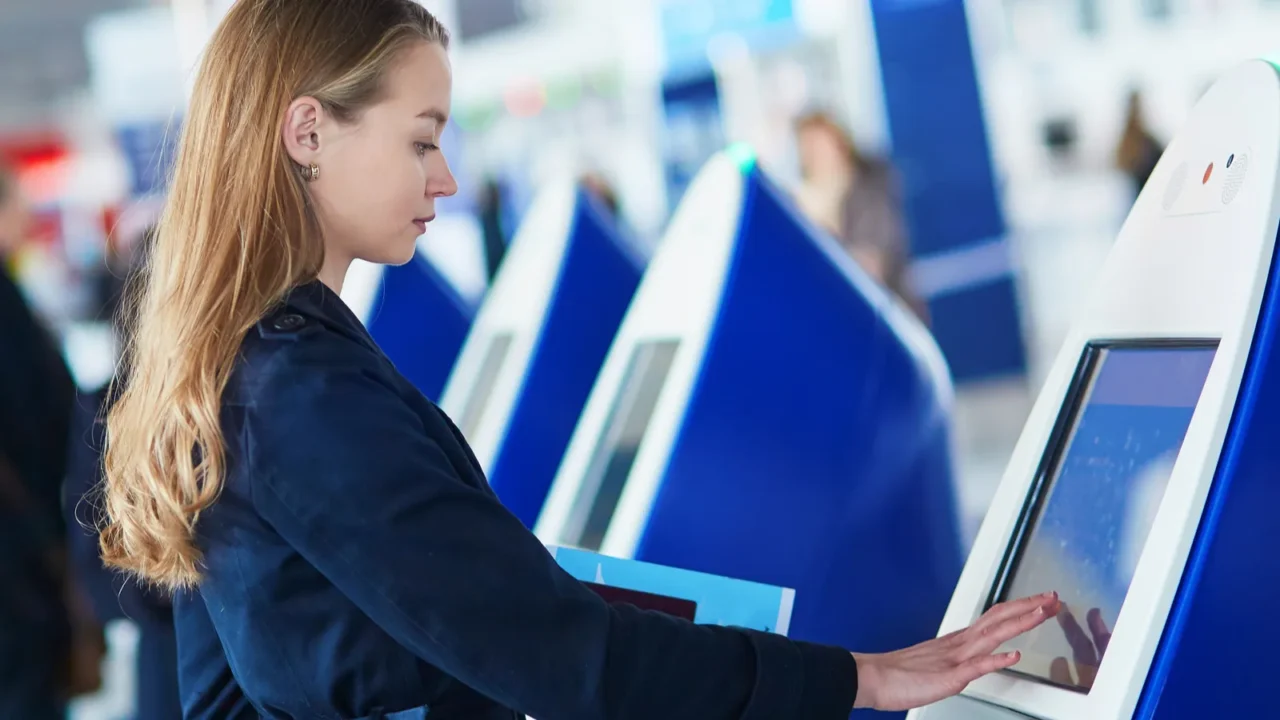
Who qualifies
These programs are not yet for every traveler, but they are expanding. CLEAR+ members are eligible for eGates; those with TSA PreCheck enrollment and participating airlines can opt in to Touchless ID.
To use Touchless ID, travelers often need a valid passport, to have uploaded profile information, and to select opt-in status with their airline. If you are a frequent flyer, this could be a big win.
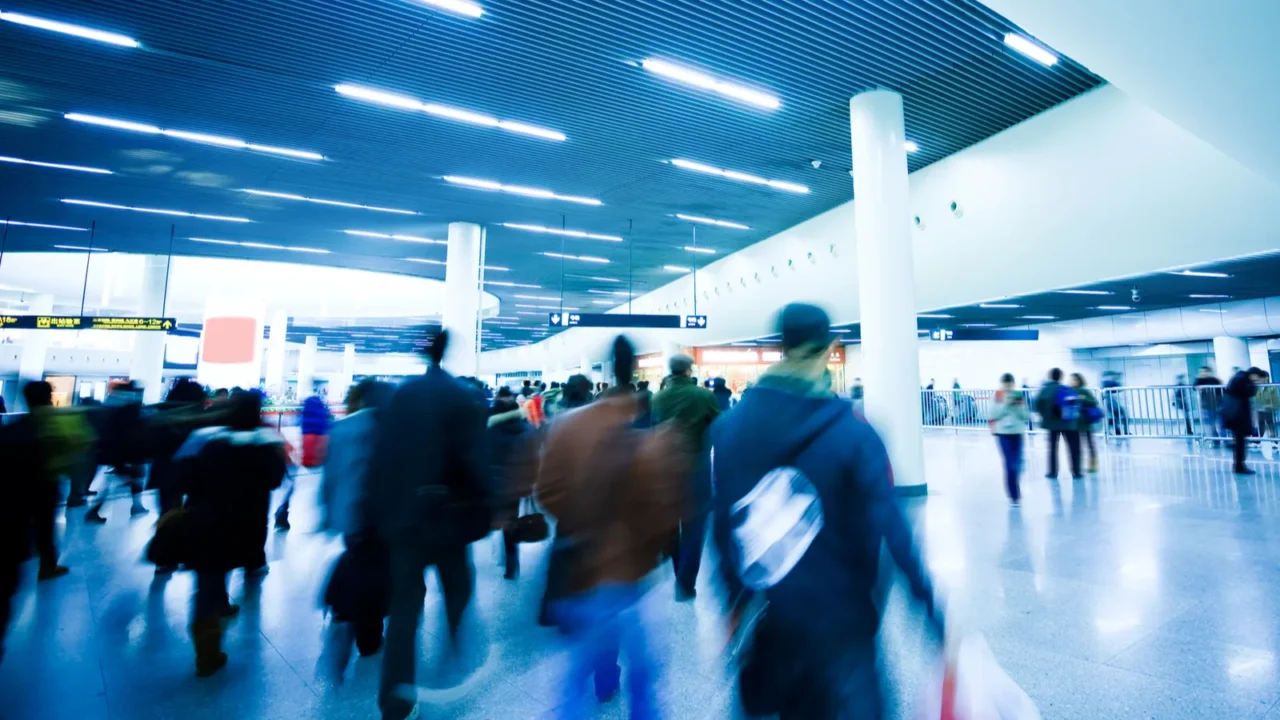
How fast is fast
What does “faster” really mean here? In some pilots, the identity verification step is expected to take about six seconds or less for CLEAR+ members using the new eGates. Touchless ID cuts down or removes the manual step of showing a physical ID or boarding pass at certain points.
TSA estimates that nearly 99 percent of PreCheck travelers wait fewer than ten minutes at the checkpoint. The overall aim: make the whole screening journey smoother and predictable.
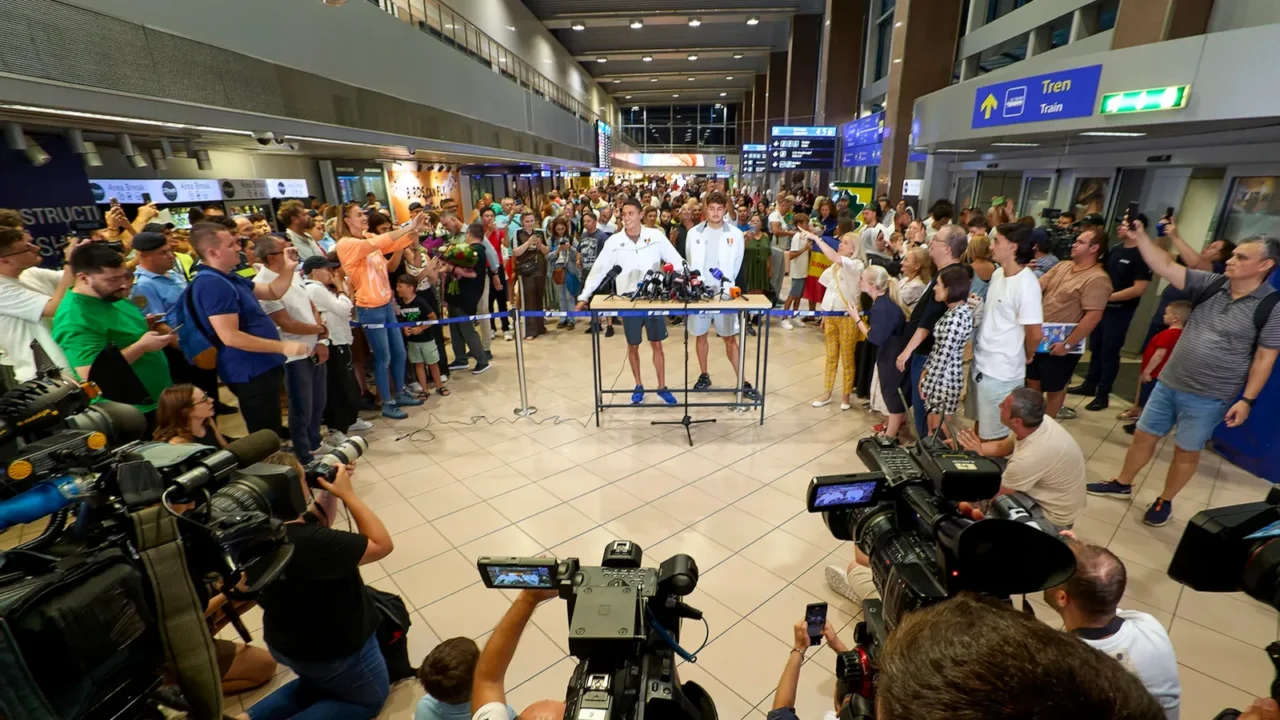
Why now? Big events and bigger crowds
There is urgency behind the push. Major events like the 2026 FIFA World Cup are expected to bring huge travel volumes across U.S. airports. The TSA is using that deadline to accelerate pilots and investments in biometric systems.
Also, traveler fatigue over security delays, technology advances, and pressure from airlines and airports have aligned to make faster screening not just nice to have but mission-critical.
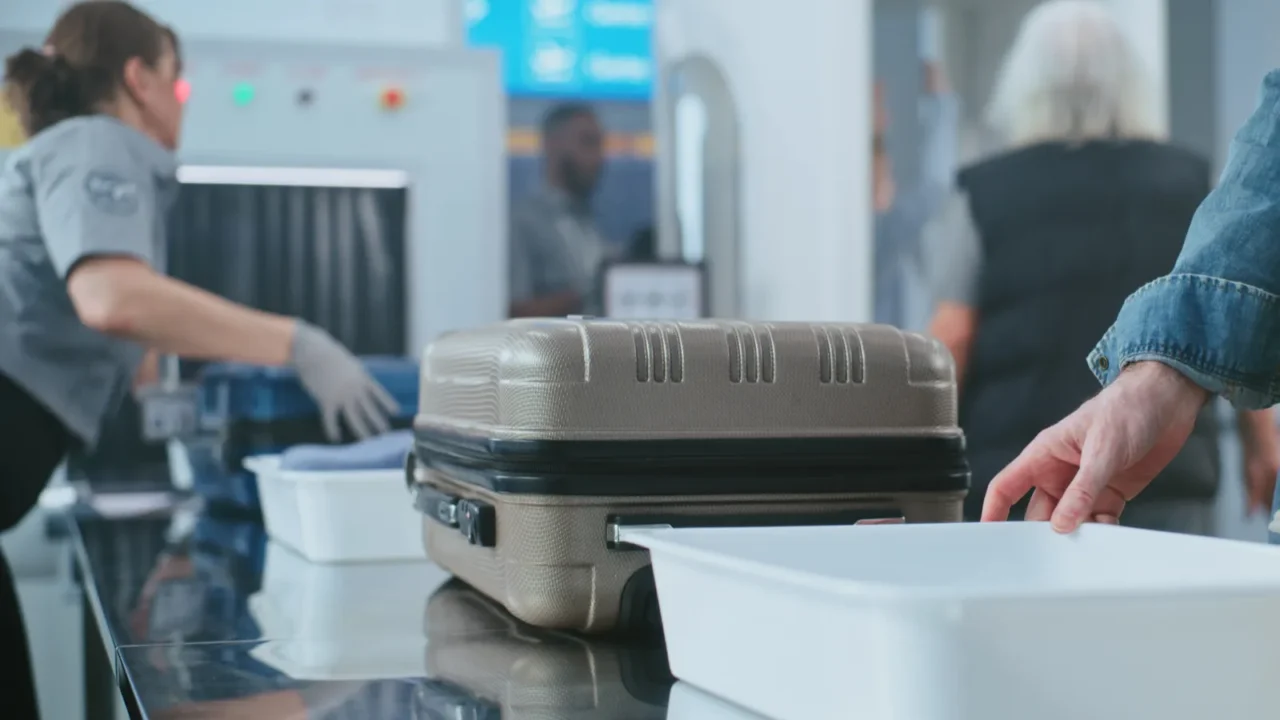
Safety meets speed
Speed cannot come at the expense of safety. TSA confirms all new tools are supplemental to existing security screening, not replacements. Biometric verification still happens alongside baggage scans, body screening, and detection technologies. Privacy and accuracy have been key concerns.
Pilots include testing for false matches, oversight, and deleting biometric data within strict parameters. The aim is safer, not riskier.

Traveler experience upgrades
These changes offer real wins for travelers: fewer delays, less fumbling with boarding passes and IDs, and a less stressful checkpoint experience. For frequent flyers, the time saved adds up. Touchless ID keeps things more organized; eGates allow eligible travelers to bypass manual identity checks.
For families and people who travel often, the unpredictability of long lines or delays may decrease. The experience becomes more fluid and less frustrating.
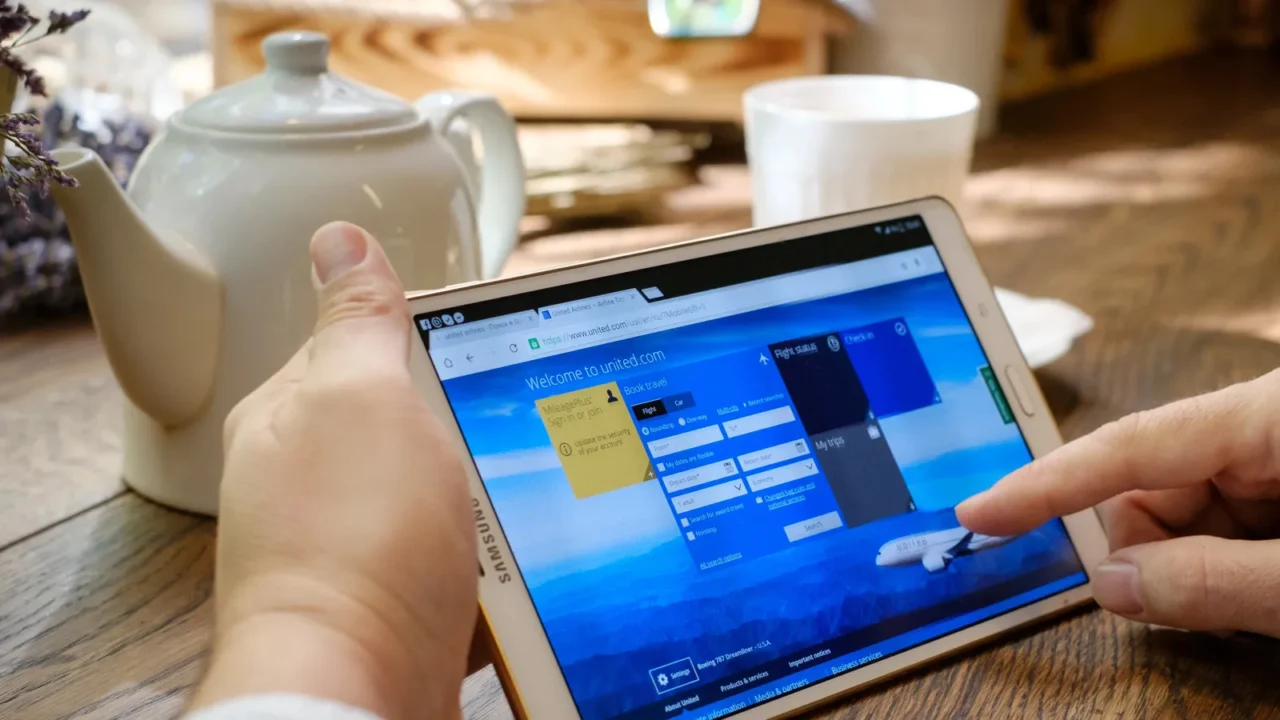
Costs, fees and enrollment
These perks are not always free. CLEAR+ requires a membership fee. Enrolling in TSA PreCheck or opting into programs like Touchless ID may involve completing an application, undergoing a background check, or providing document verification.
The investment pays off mostly for people who fly often, but casual travelers will want to weigh cost against time saved. Promotions or airline partnerships sometimes offset costs. Always check what is required before making a decision.
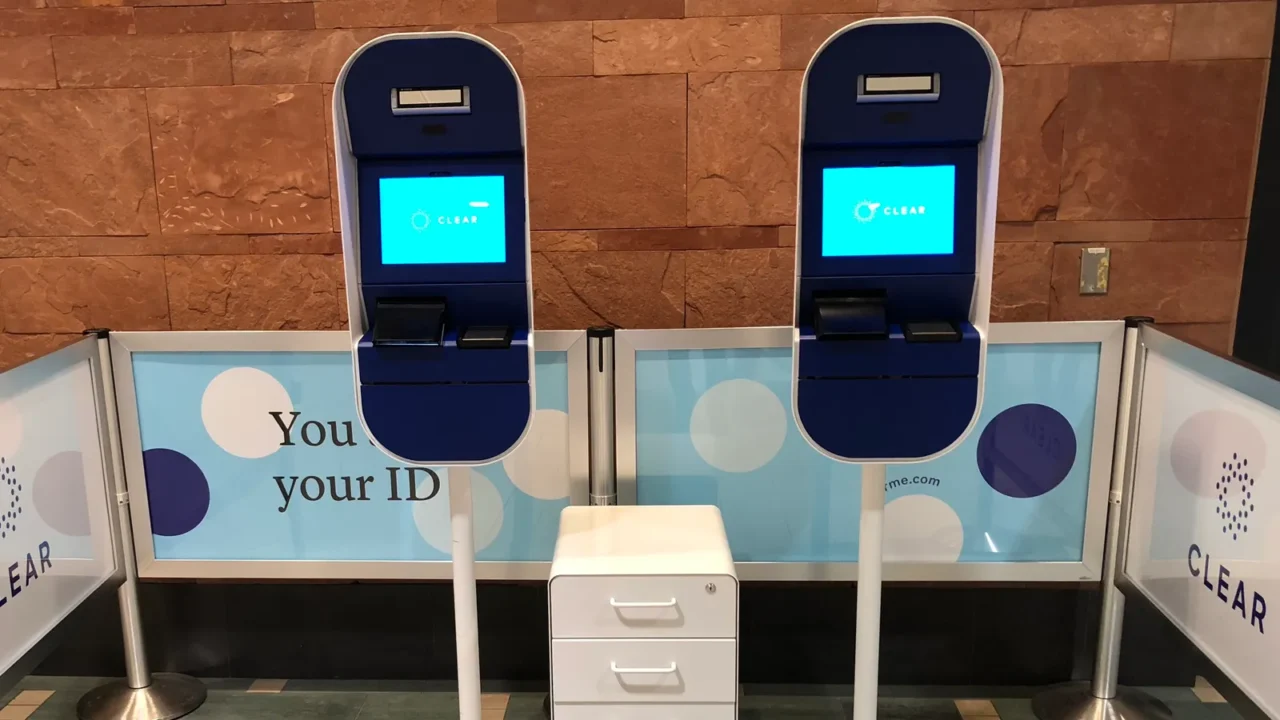
Privacy and potential concerns
Using biometrics and facial recognition raises privacy questions. What data is stored? Who sees it? How long is it retained? TSA states that photos captured for biometric verification are typically deleted after identity is confirmed, and in most PreCheck or domestic programs, deletion occurs within 24 hours.
There are also concerns about how accurate the tech is across demographics, and about unintended biases. Some travelers may prefer traditional identity checks. Transparency and oversight will be important as rollout continues.
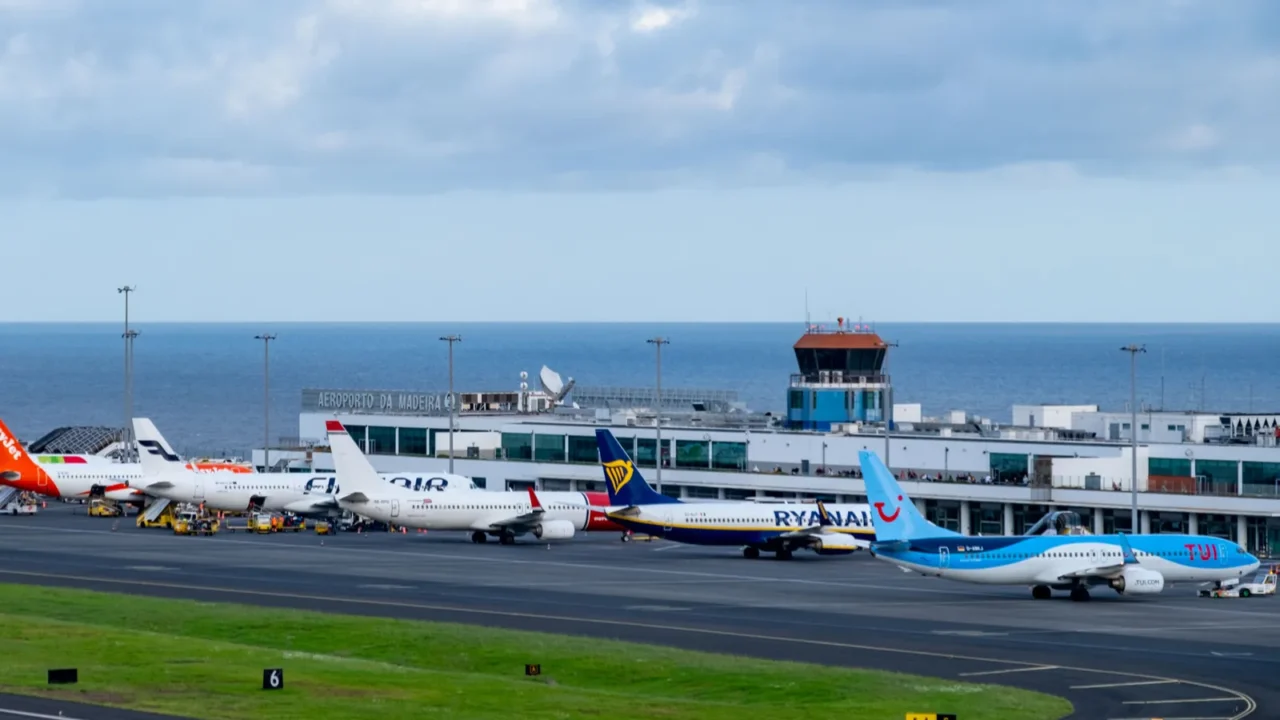
Airports, airlines and partnerships
This rollout isn’t just TSA working alone. Airlines must participate, travelers must enroll, and airports must have the infrastructure. CLEAR is one partner managing eGates, and TSA oversees the verification and regulation.
Airlines like American, Delta, United, and Alaska are already part of Touchless ID pilots at many airports. Airports must accommodate new gates, digital ID readers, biometric cameras, and updated flow designs to make everything work.
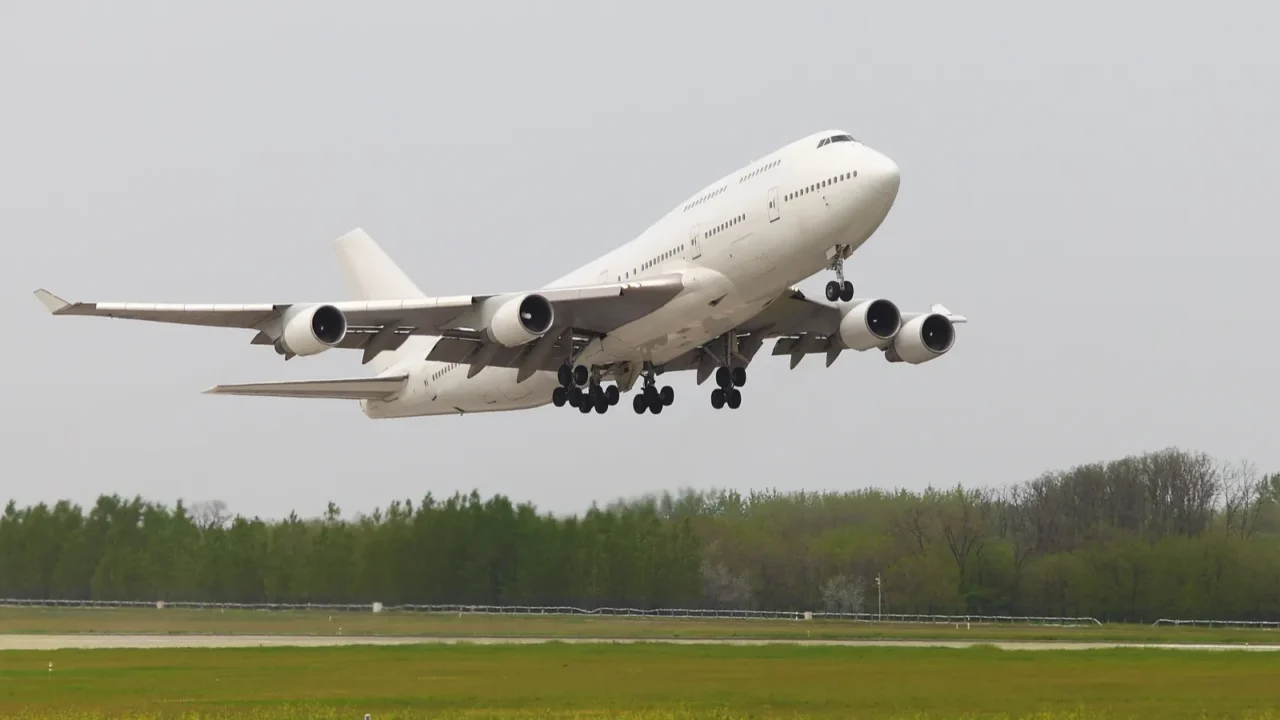
What’s next, Expansion plans
TSA plans to expand biometrics at more airports in the coming years. The Biometrics Roadmap outlines goals for deploying digital IDs, scaling 1:1 facial matching, and exploring 1:n matching for trusted traveler populations.
More airports will see Touchless ID, more airlines will join, and over time, identity verification may become nearly seamless. The rollouts will depend on pilot results, traveler feedback, and technological readiness.

Global context and inspiration
The United States is catching up to what many international airports already offer as biometric border crossings, eGates, and facial recognition for eligible travelers. Dubai, Singapore, and Heathrow run systems where passengers pre-enroll or have passports linked to digital IDs.
These airports often serve as models of efficiency and comfort. TSA’s efforts are part of a global trend in travel: expect less friction, more automation, and smarter designs in terminal flow.
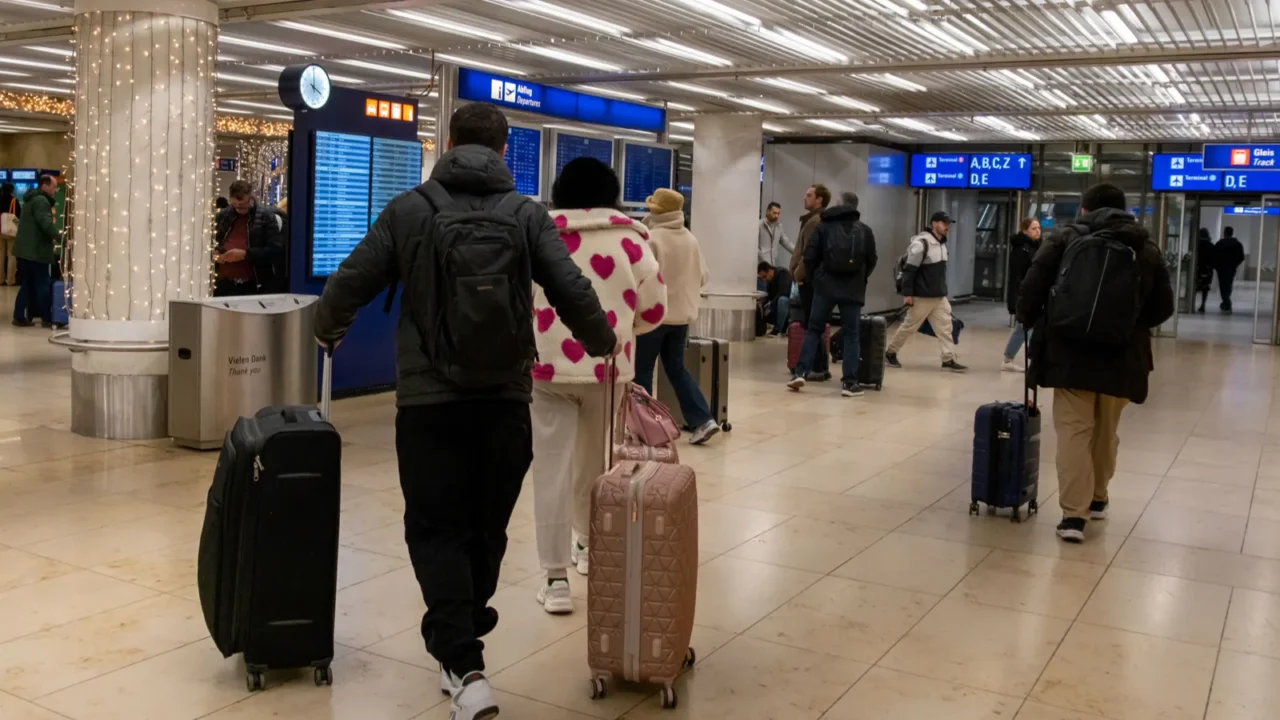
Tips for smooth travel
If you plan to fly soon, here are some practical tips: enroll in TSA PreCheck or CLEAR+ if available at your airport. Opt-in to Touchless ID programs and upload valid IDs or passports ahead of time. Arrive early so you can get familiar with the new systems.
Keep necessary documents and your mobile boarding pass updated. And since timing can shape your whole trip, remember that knowing the best times to book flights (and when not to) can make travel smoother from start to finish.
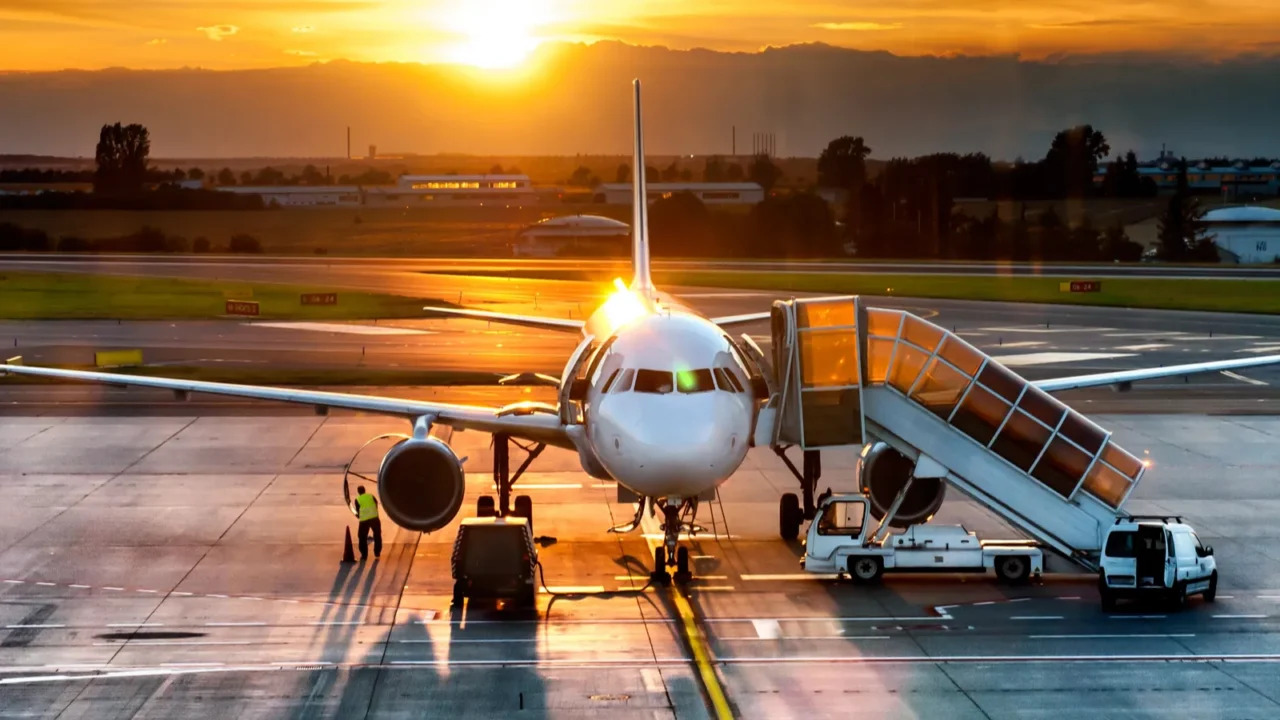
Takeaway -“Fly Forward”
What does all this add up to for travelers? We are entering an era where airport security no longer has to be a major headache. Faster verification, less manual checking, and smarter design make the journey smoother. That said, transition takes time, and not every airport will be ready at once.
Keep an eye on the airports you use most. When the tech arrives, you’ll want to be ready so that when you fly, you’re not just getting there, but you’re getting there efficiently. Until then, knowing a few secrets for a stress-free airport experience can help you stay relaxed and prepared.
Faster security is here. Will you be among the first to take advantage, or wait and see?
Read More From This Brand:
- The $250 U.S. entry fee shocking tourists
- 14 incredible solo camping spots in the U.S
- Would you trade flying for extra time off? These companies offer “slow travel” incentives
Don’t forget to follow us for more exclusive content right here on MSN.
This slideshow was made with AI assistance and human editing.